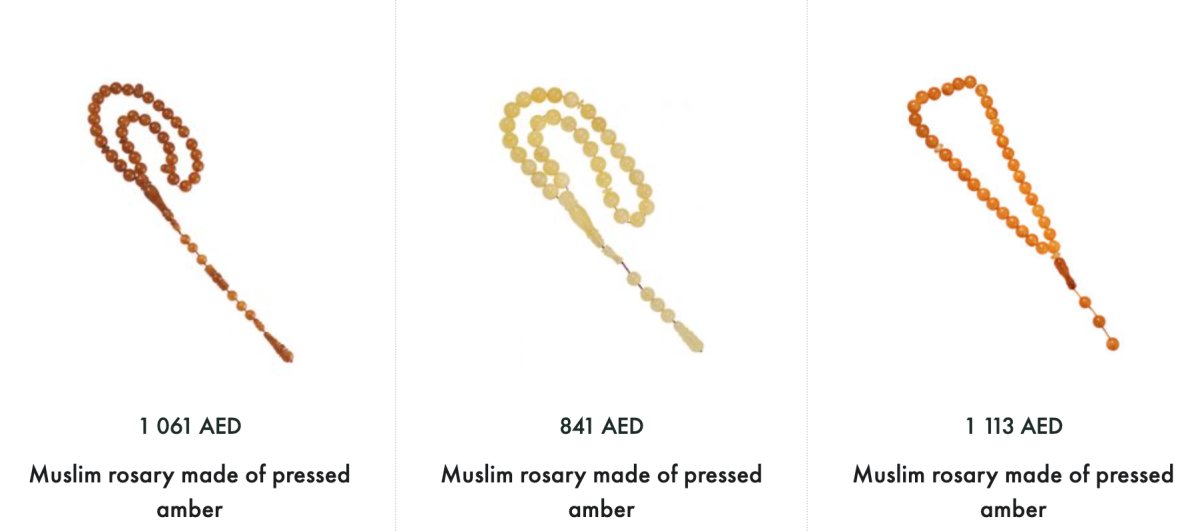
Salah (prayer) is the second pillar of Islam and the most important daily act of worship for Muslims. It is performed five times a day at specific times, serving as a way to maintain a close connection with Allah. Among the five daily prayers, Maghrib Salah holds a special place because it is performed right after sunset, marking the transition from day to night.
Many new learners often ask: How do I pray Maghrib Salah correctly? or How many rakats are in Maghrib prayer? This guide will explain the Maghrib prayer time, rakats, and a step-by-step method to perform it properly according to Islamic teachings.
.jpg)
When is Maghrib Prayer Time?
Maghrib prayer time begins immediately after the sun has completely set. It lasts until the red twilight in the sky disappears. This period is usually short, so Muslims are encouraged to pray Maghrib as soon as possible.
- Start time: Right after the sun disappears below the horizon.
- End time: When the twilight (red glow) in the west vanishes.
Praying within this timeframe ensures the prayer is valid and accepted.
How Many Rakats Are in Maghrib Salah?
The Maghrib Salah consists of a combination of Fard (obligatory), Sunnah (recommended), and Nafl (optional) rakats:
- 3 Rakats Fard (Obligatory) – These must be performed without excuse.
- 2 Rakats Sunnah Mu’akkadah (Recommended) – Strongly encouraged, as the Prophet Muhammad ﷺ consistently performed them.
- 2 Rakats Nafl (Optional) – Voluntary, but bring great spiritual reward.
Thus, the complete Maghrib prayer can be up to 7 rakats, but the 3 Fard rakats are the core requirement.
Step-by-Step Guide: How to Pray Maghrib Salah
Step 1: Perform Wudu (Ablution)
Before praying, make sure you are in a state of purity by performing wudu. This includes washing the hands, mouth, nose, face, arms, wiping the head, and washing the feet.
Step 2: Face the Qibla and Make Niyyah (Intention)
Stand facing the Kaaba in Makkah (Qibla). In your heart, make the intention to perform Maghrib Salah. You can silently say: “I intend to pray three rakats Fard of Maghrib prayer for the sake of Allah.”
Step 3: Pray the 3 Fard Rakats
- First Rakat
- Begin with Takbir: Raise your hands and say Allahu Akbar.
- Recite Surah Al-Fatihah followed by another short Surah (e.g., Surah Al-Ikhlas).
- Perform Ruku (bowing) and then Sujood (prostration).
- Second Rakat
- Stand up and repeat Surah Al-Fatihah + a short Surah.
- Complete Ruku and Sujood.
- Sit for Tashahhud and recite At-Tahiyyat.
- Third Rakat
- Recite only Surah Al-Fatihah (without an additional Surah).
- Complete Ruku and Sujood.
- Sit and recite At-Tahiyyat, Salat al-Ibrahimiyya, and Duas.
- Finish with Tasleem by turning your head right and left: “As-salamu alaykum wa rahmatullah.”
This completes the 3 Fard Rakats of Maghrib Salah.
Step 4: Pray 2 Sunnah Rakats (Recommended)
After completing the obligatory rakats, stand and perform 2 Sunnah Rakats in the same way you would pray any two-rakat Salah.
Step 5: Pray 2 Nafl Rakats (Optional)
If you wish, you can also pray 2 voluntary rakats for additional reward and closeness to Allah.

Common Mistakes in Maghrib Prayer and How to Avoid Them
Even with good intentions, many people make small errors while praying Maghrib Salah. Here are some common mistakes and ways to correct them:
- Delaying the prayer – Maghrib time is short, so don’t wait until twilight disappears.
- Forgetting niyyah (intention) – Always start with the right intention in your heart.
- Rushing through rakats – Salah should be performed calmly, with focus and humility (khushu).
- Skipping Sunnah rakats – While not obligatory, the Prophet ﷺ emphasized Sunnah rakats for extra blessings.
Tips for Beginners Learning Maghrib Prayer
- Start with short Surahs like Surah Al-Ikhlas, Surah Al-Falaq, and Surah An-Nas.
- Practice movements separately before combining them with recitation.
- Use prayer guides, apps, or videos to help you learn correctly.
- Pray with family or in the mosque to stay motivated.
- Focus on sincerity – even if you make small mistakes, Allah rewards effort.
FAQs About Maghrib Salah
Q1: Can Maghrib prayer be combined with Isha?
Yes, in certain circumstances such as travel or illness, Maghrib and Isha can be combined, but it should not be done habitually.
Q2: What if I miss Maghrib prayer?
If missed, pray it as soon as you remember. This is called Qada (make-up) prayer.
Q3: Can I pray Maghrib silently?
No, Maghrib Salah should be prayed aloud for men when leading or praying in congregation. Women may pray silently.
The Maghrib Salah is a vital daily prayer, reminding Muslims to be grateful at the close of the day. By understanding the timing, rakats, and step-by-step method, beginners can gain confidence in performing it correctly. Remember that Salah is not just about physical actions but also about sincerity, humility, and devotion to Allah. Whether you are just starting or strengthening your practice, consistency in Maghrib prayer will bring peace, discipline, and a deeper connection with your Creator.





 Jewelry
Jewelry Silver amber jewelry
Silver amber jewelry Amber pictures
Amber pictures Souvenirs
Souvenirs